The Art Windows of St. Alphonsus Church
In 1919, St. Al’s Pastor Mathias Meyer, CSSR, placed an order for stained glass windows for the church. The original order included eight nave windows, twenty-one sanctuary and transept windows, and one “rear” window. Later, ten smaller additional windows were ordered. The smaller windows included three in the baptistery, two in the sanctuary, two in the vestibule, two transoms in transept, and one in the stairwell.
Our windows were designed and produced by the studios of F. X. Zettler, of Munich, Germany. Together, these thirty major windows and ten smaller ones throughout the church, make up an area of nearly three thousand square feet. The stained glass windows were installed in 1920, replacing the clear glass windows that were in place since 1909.
Stained glass is really not "stained". It's glass that's colored by adding different chemicals to glass in its molten state. Metallic oxides make the color: copper for ruby, manganese for purple, iron for green, etc. Flat sheets of glass of different colors are then cut into whatever shapes are needed for the design of the window. Strips of lead, the softest and heaviest common metal, hold the pieces together. It also resists the attacks of air, water, and pollution.
Details in the windows, such as faces, folds in clothes, and words of text, are painted on the glass with enamel made from ground glass and rust powder mixed with glue. This mixture is then fired in a kiln to bond the enamel to the glass before it's leaded.
Stained glass windows do wonderful things with light. Unlike a painting or a mosaic, which reflect the light, stained glass lets light pass through the artwork. The light is colored, refracted, and spread throughout each piece of glass. Stained glass changes with the light, reflecting not only the weather, but also the mood and feeling of the day.

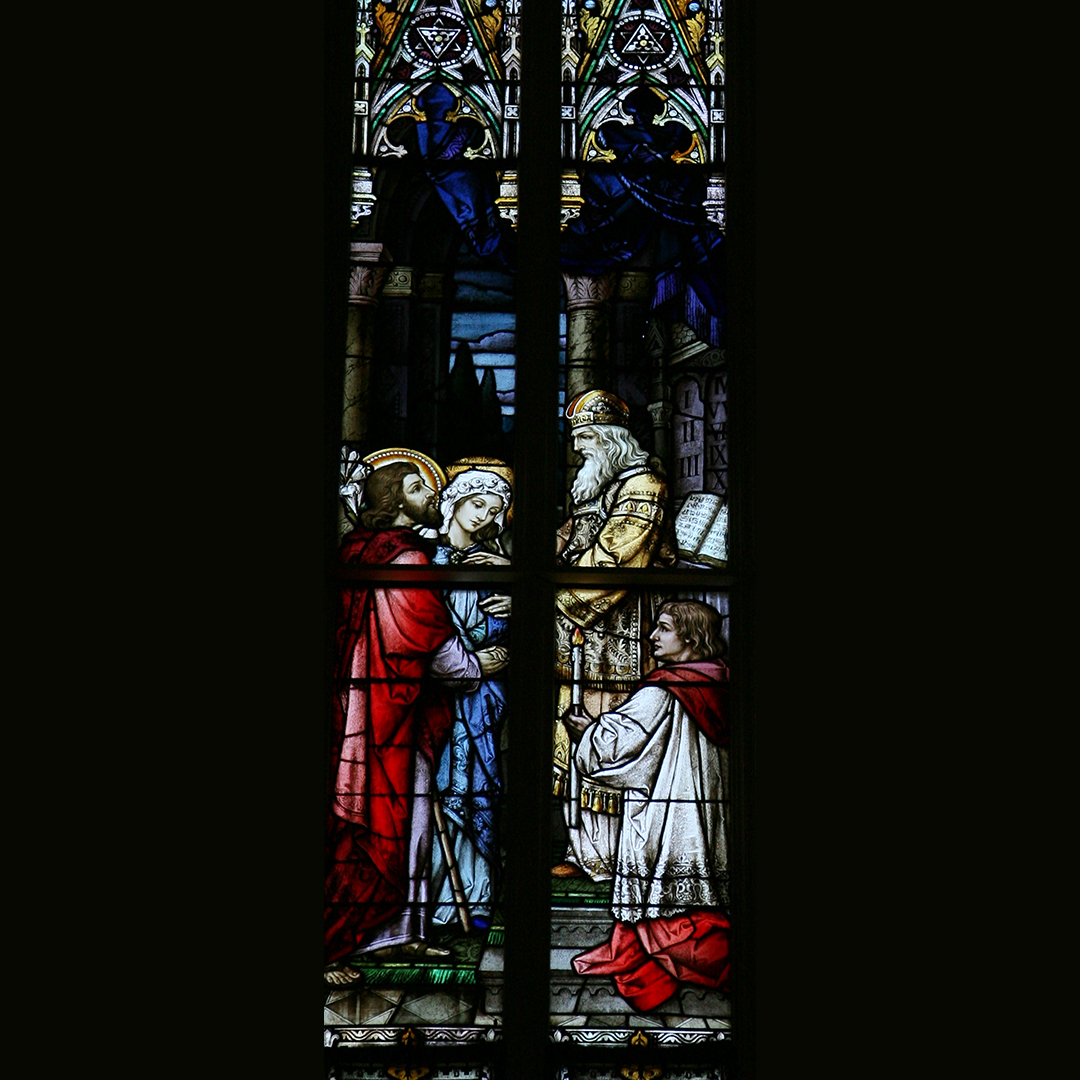
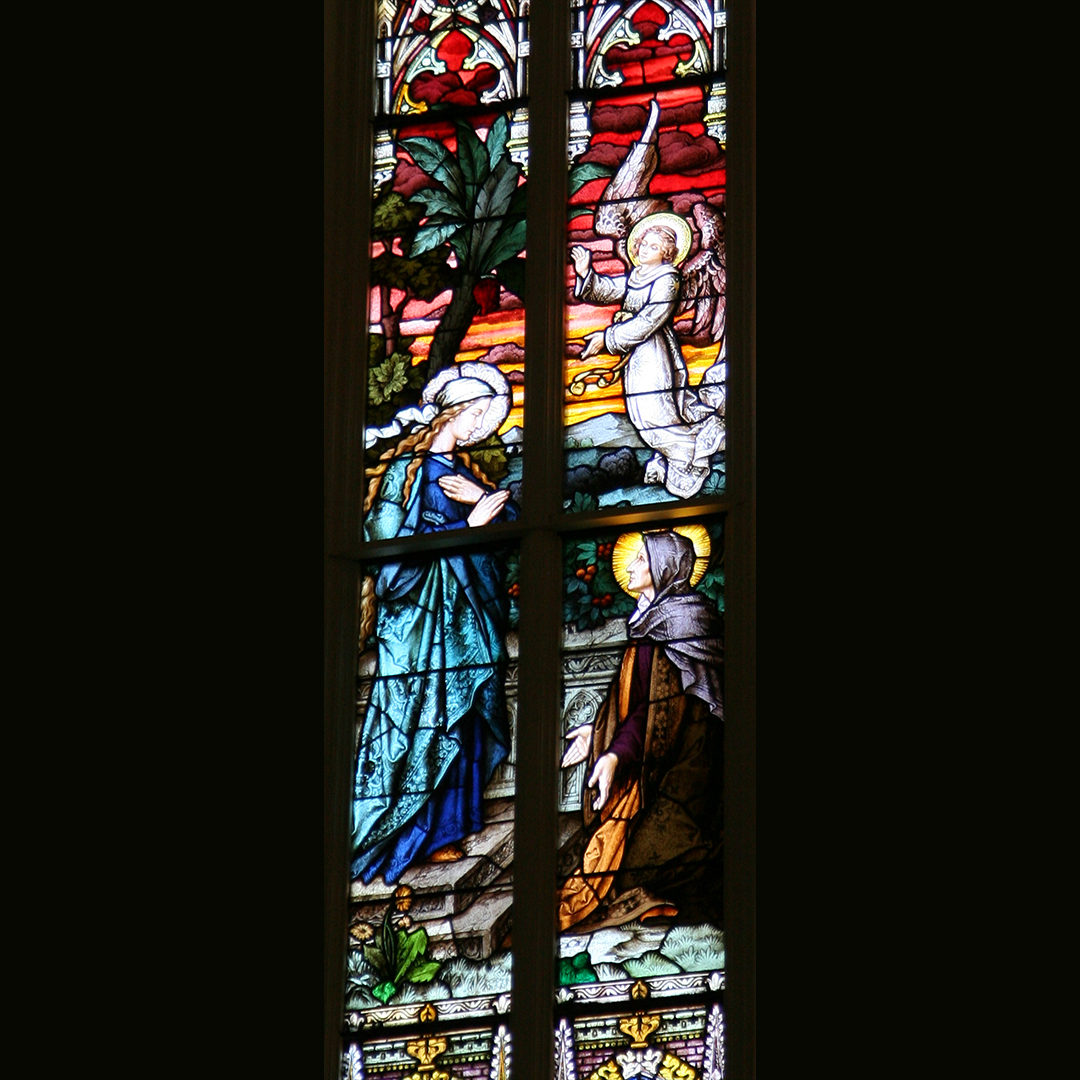
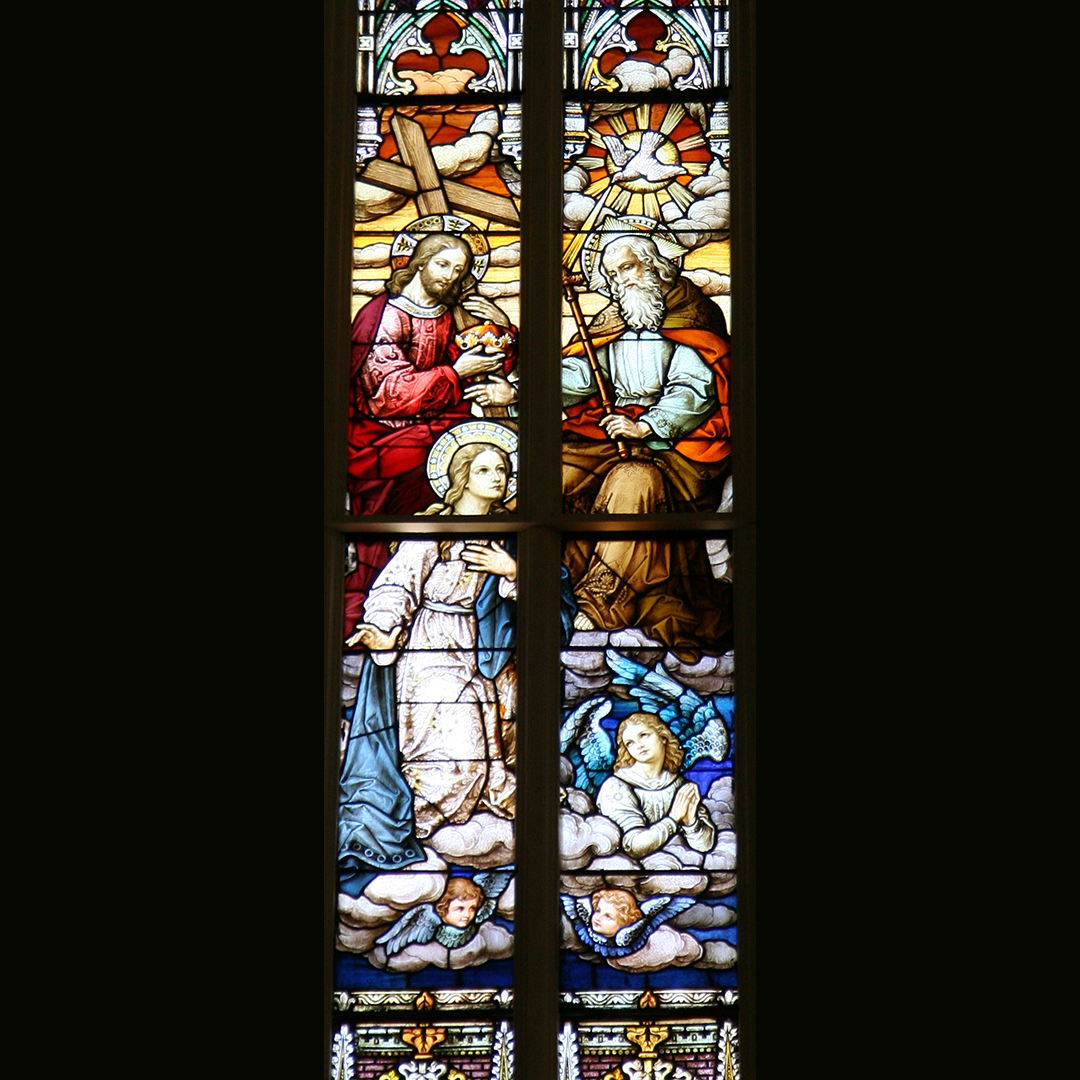
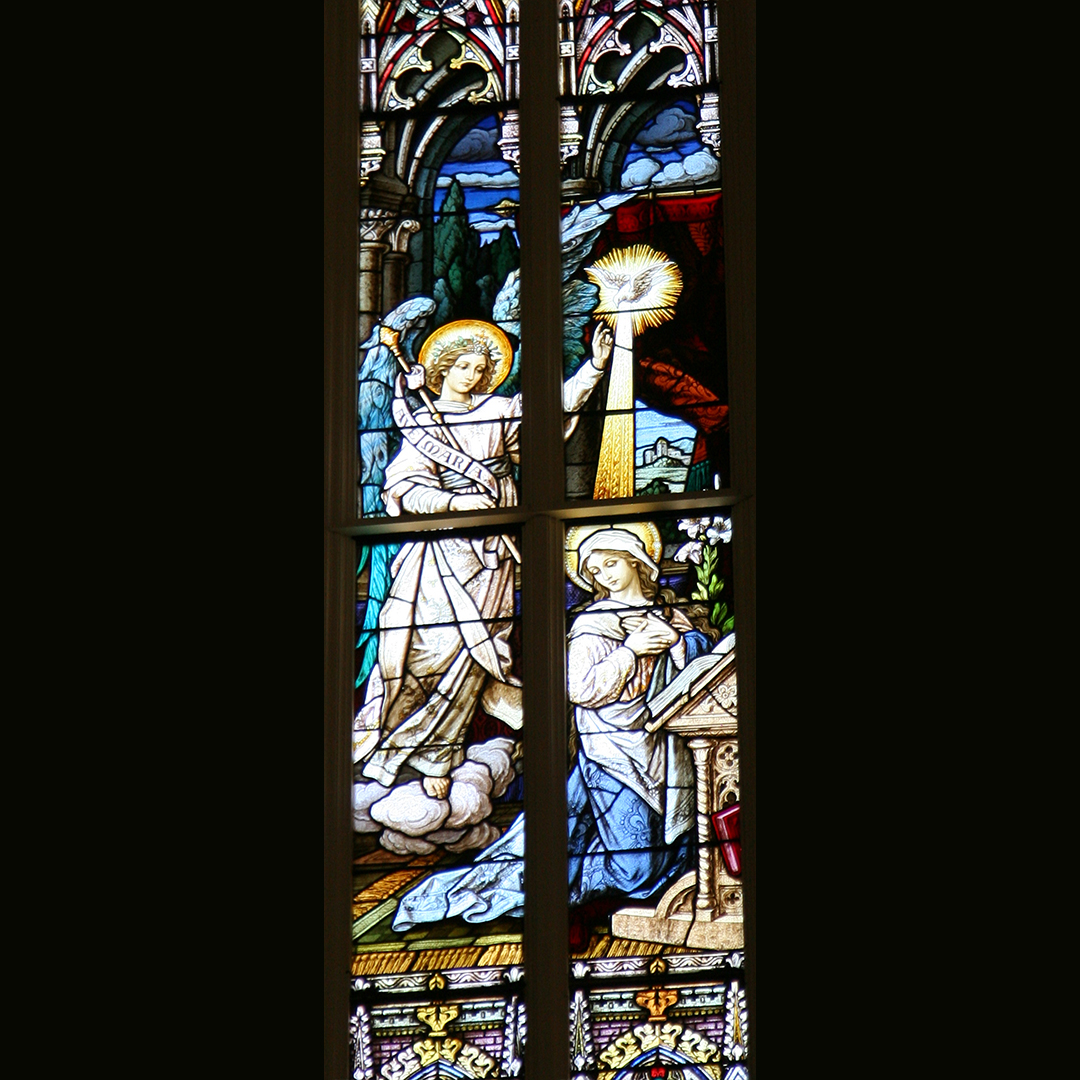
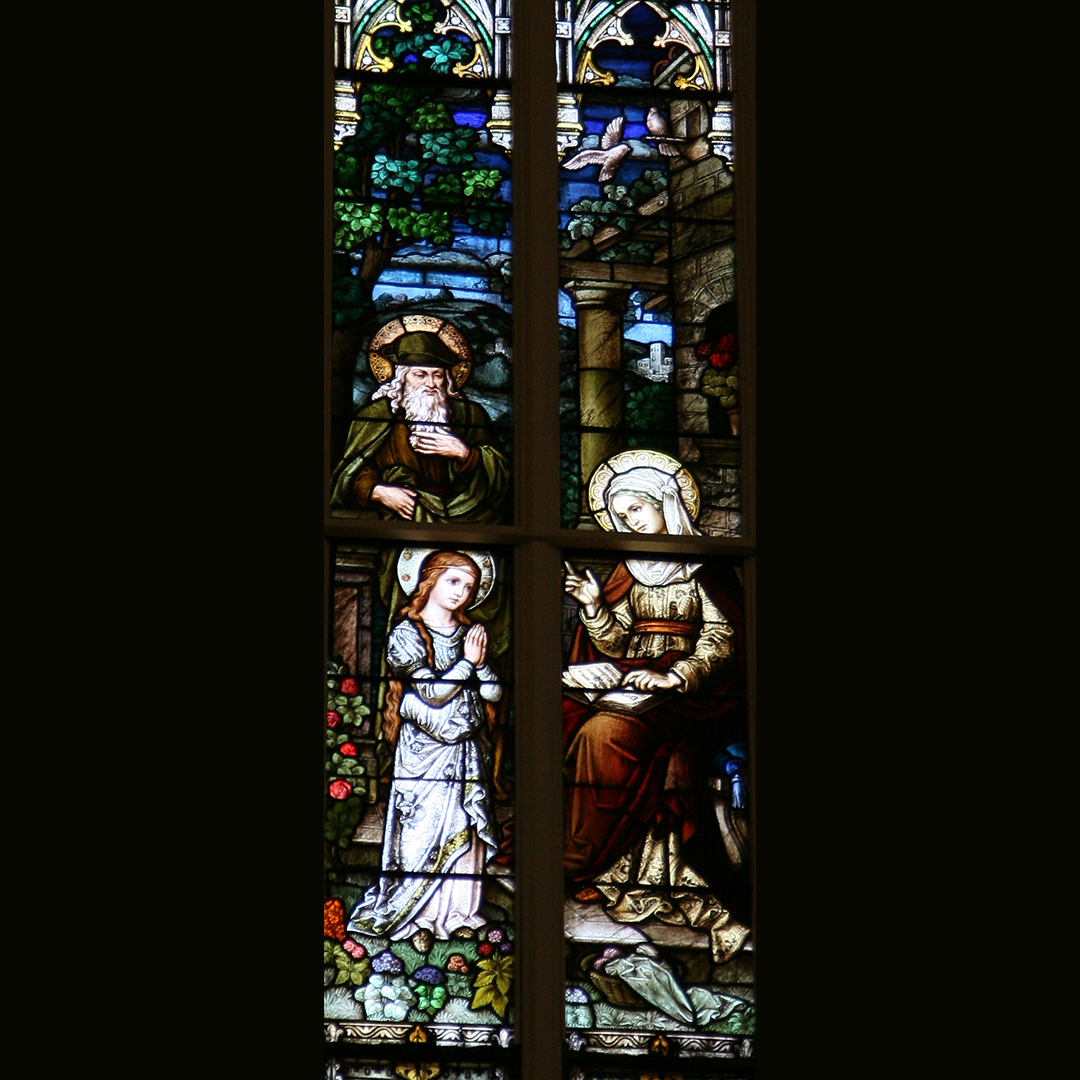
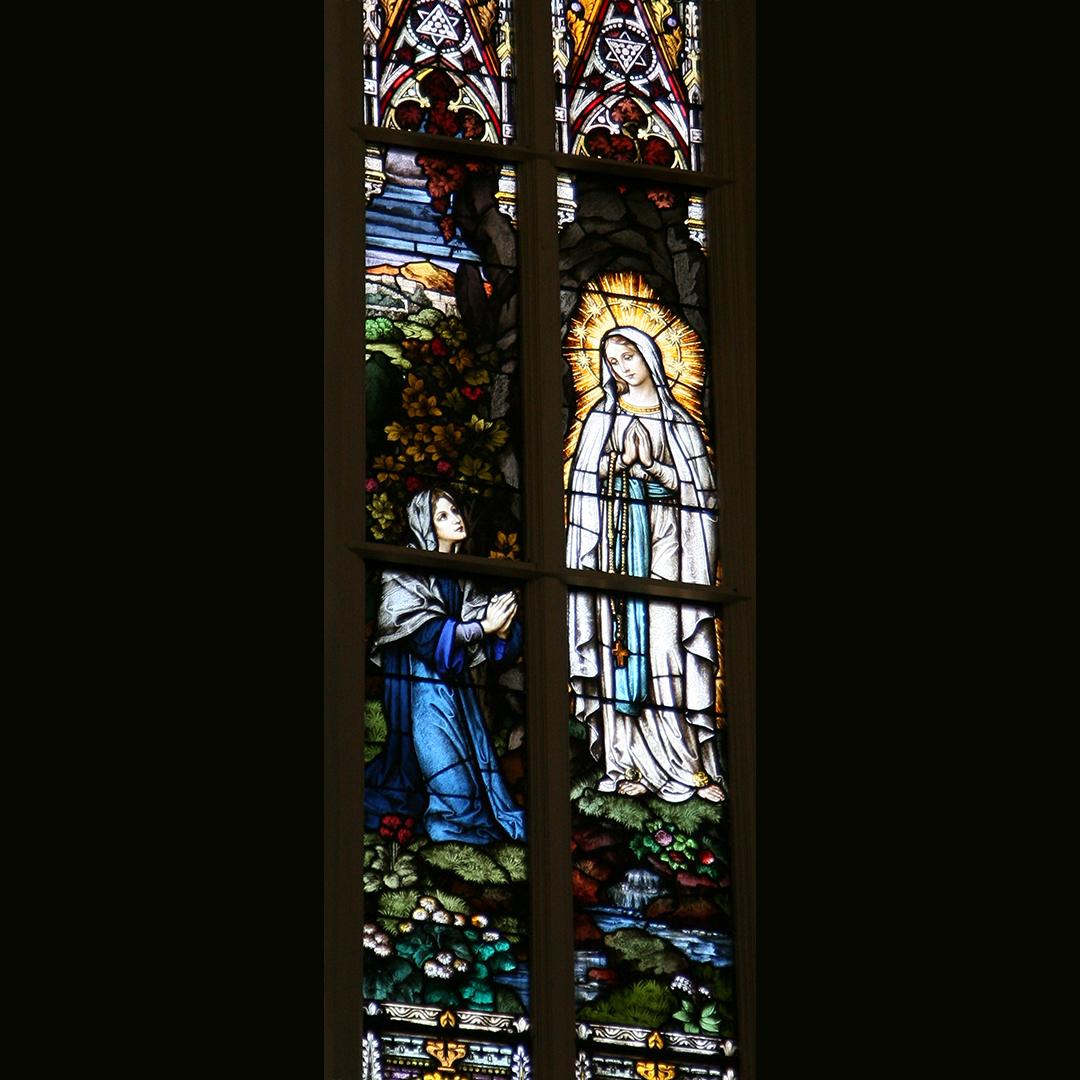
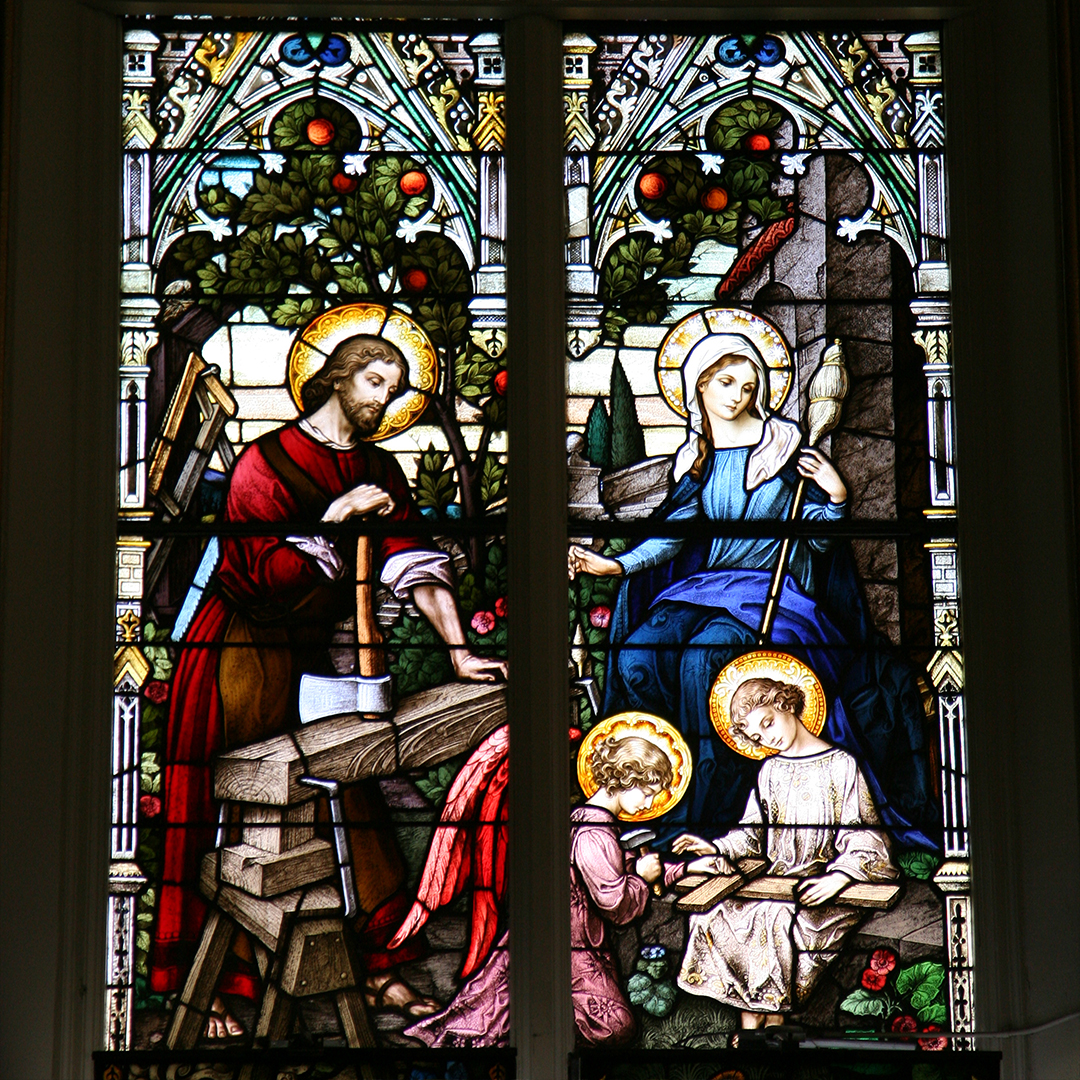
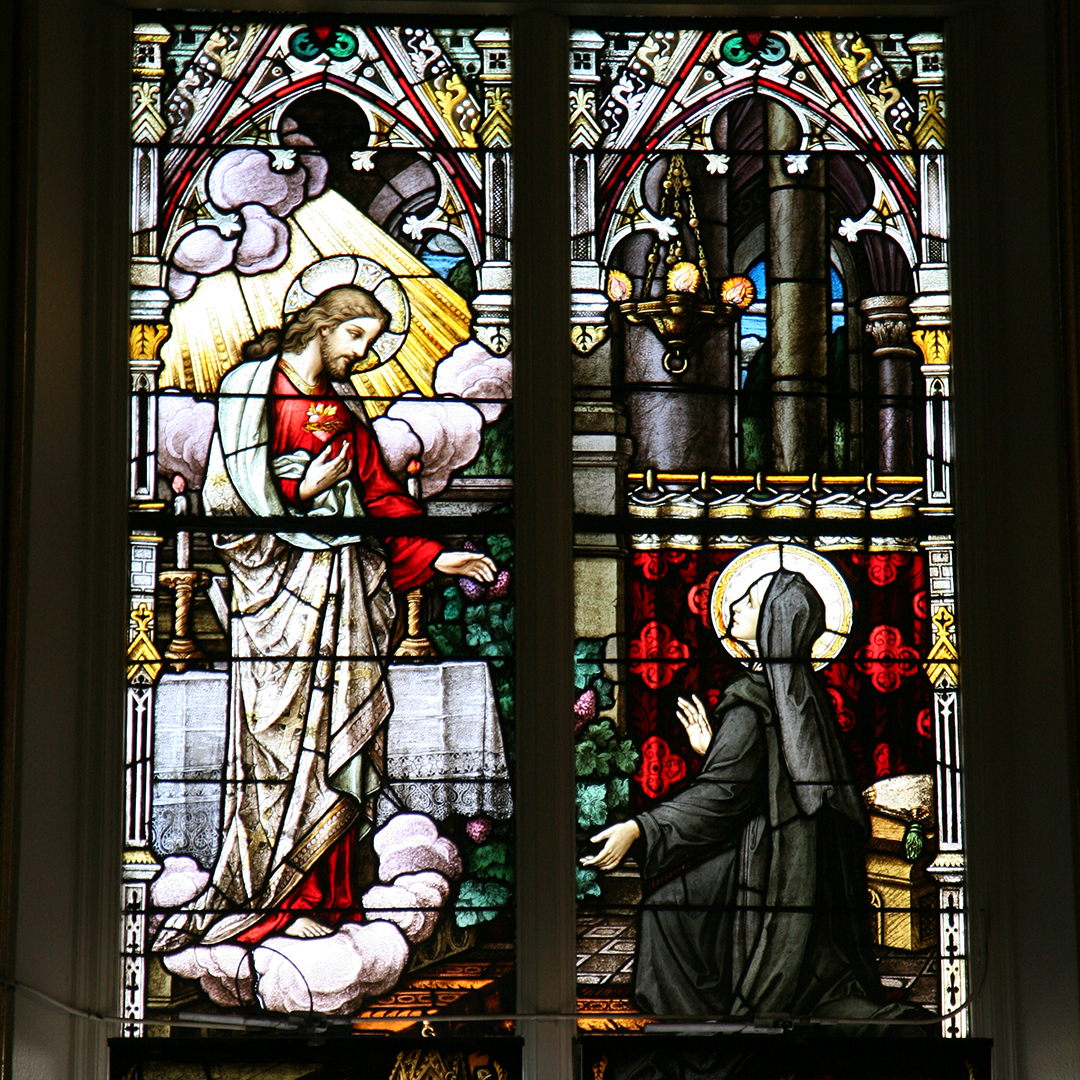
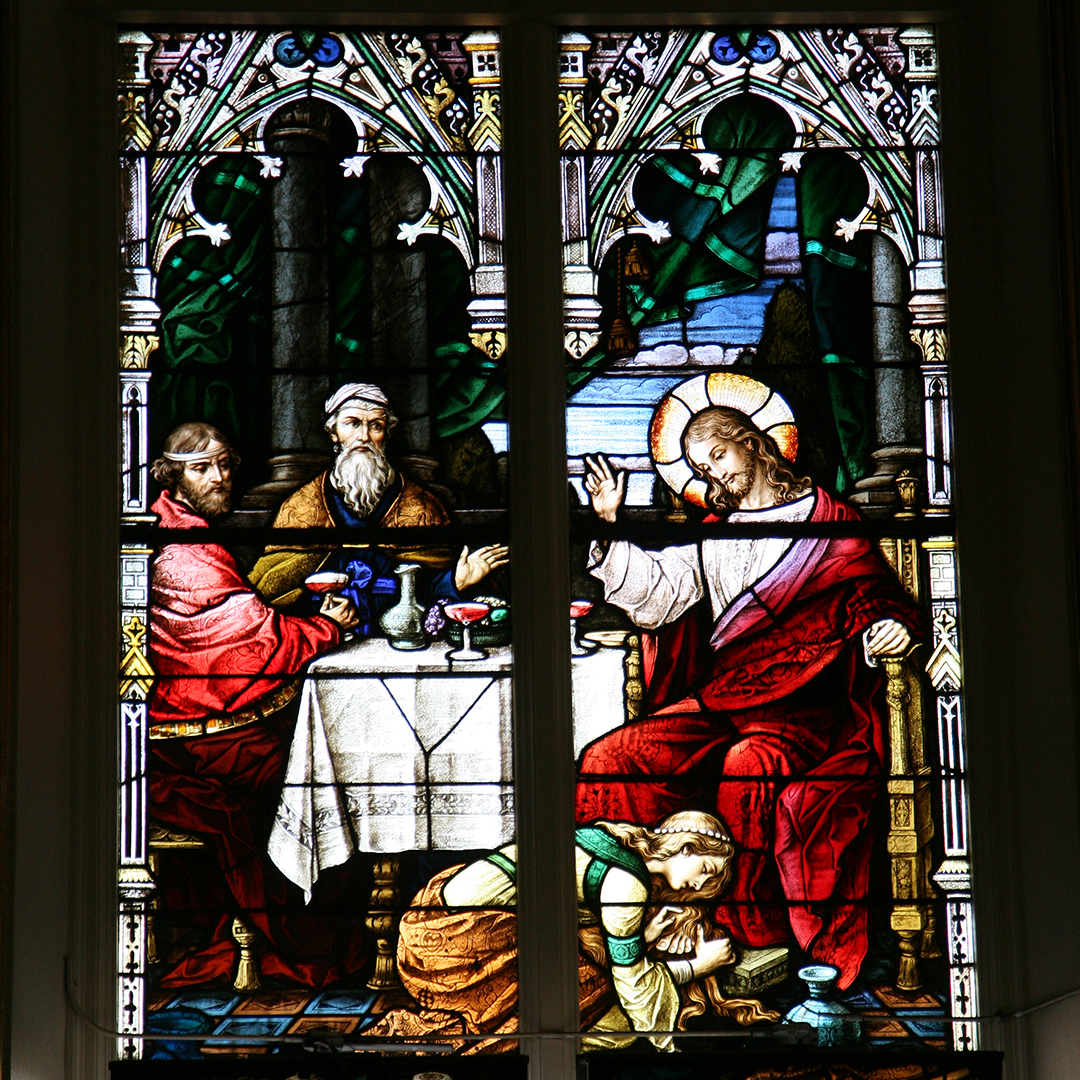
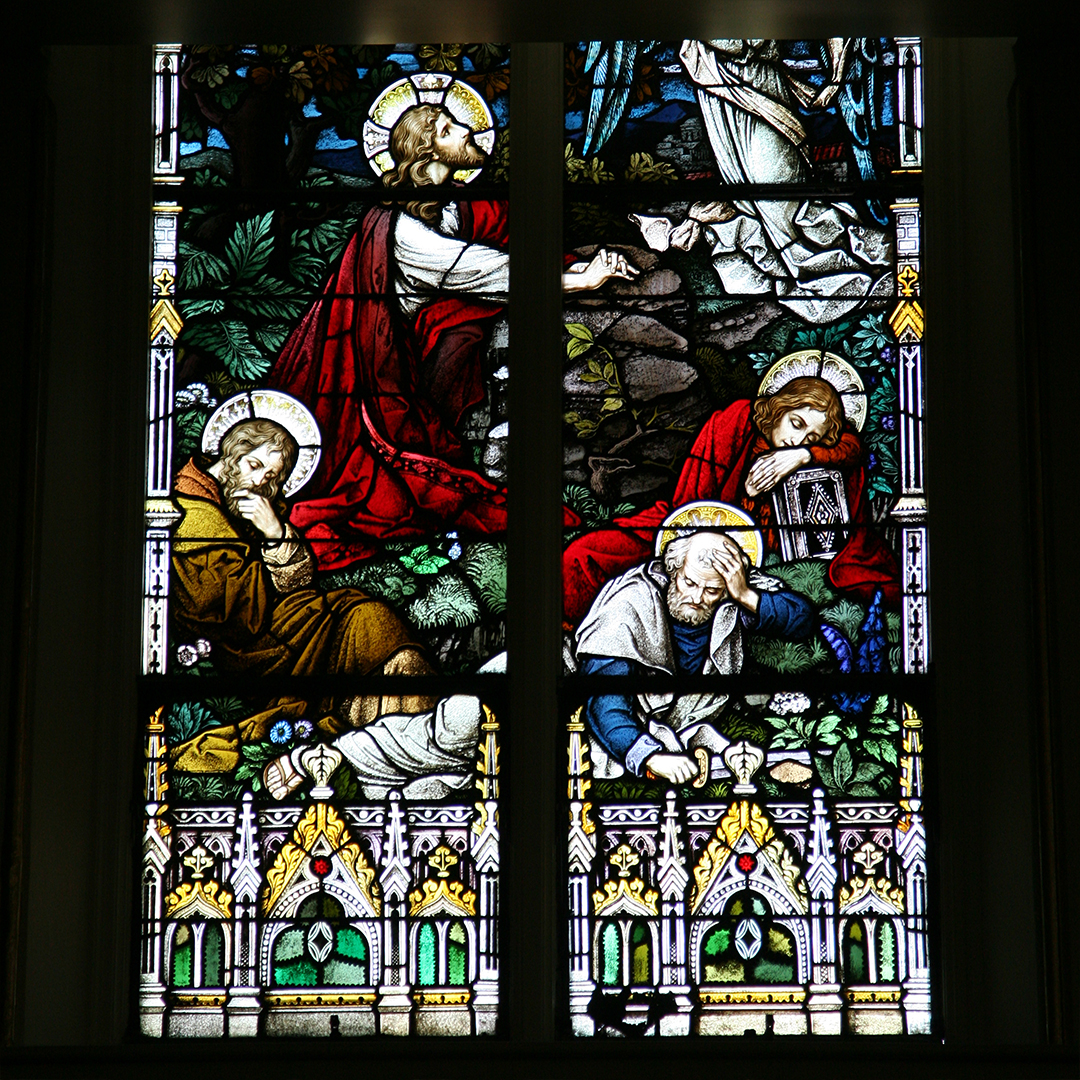
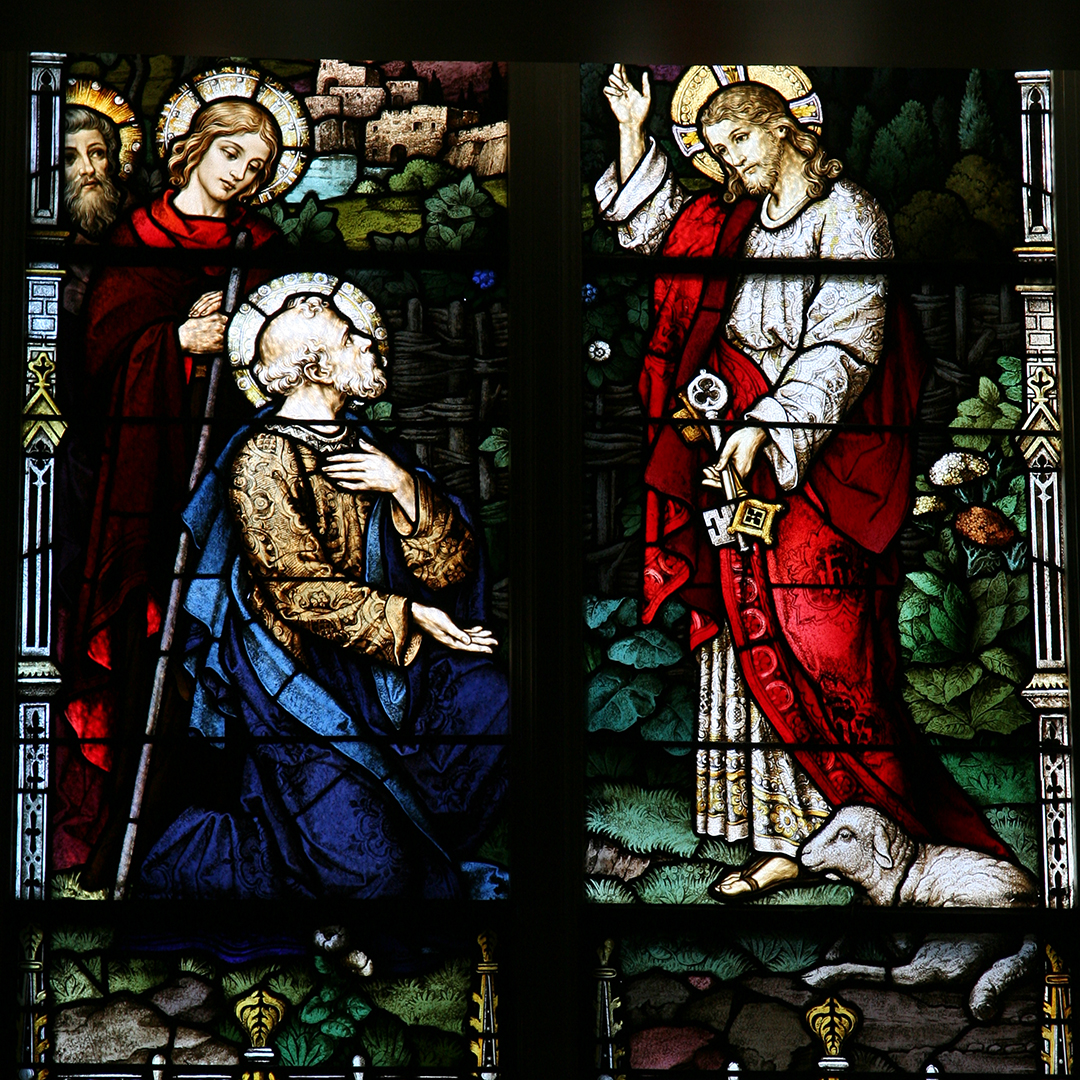
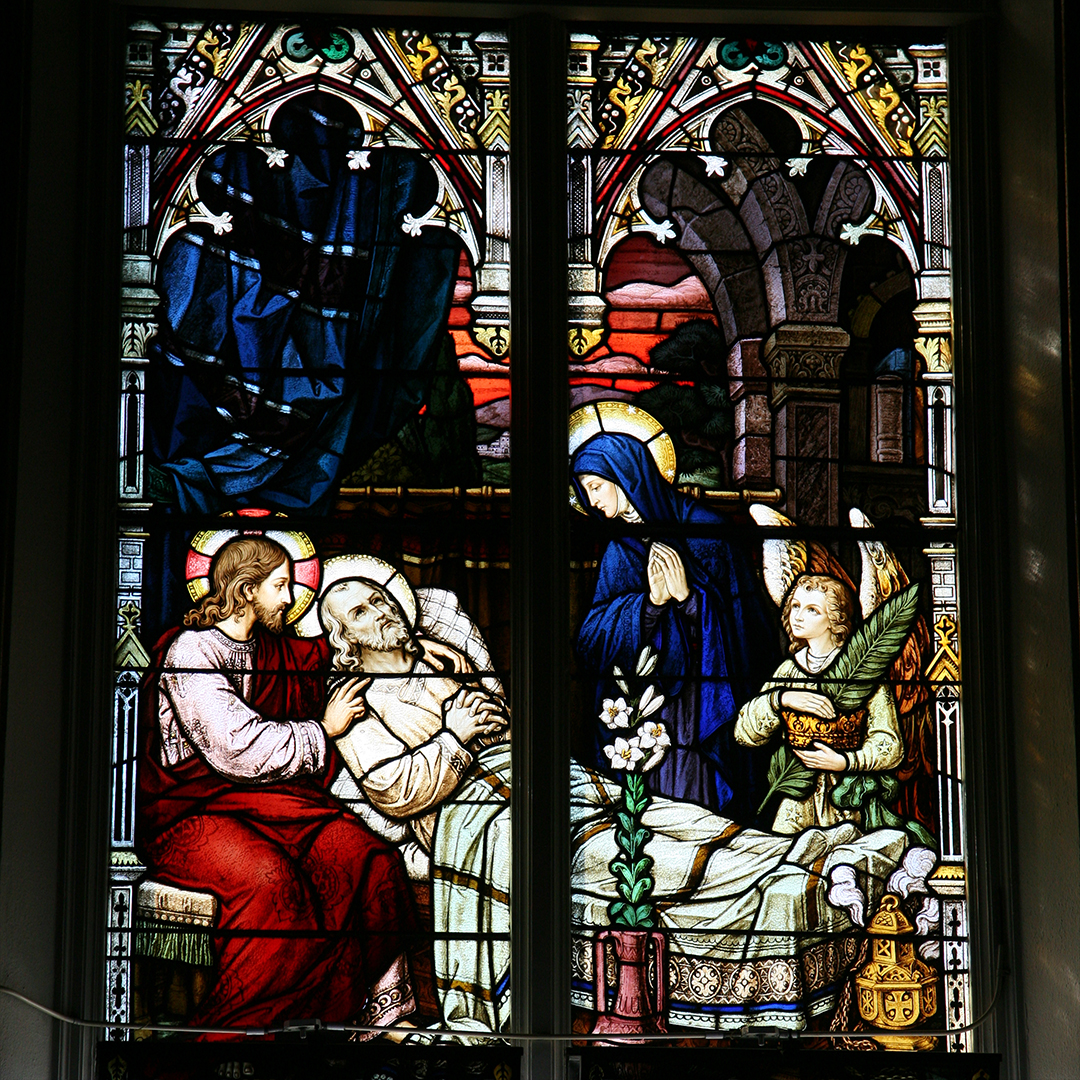
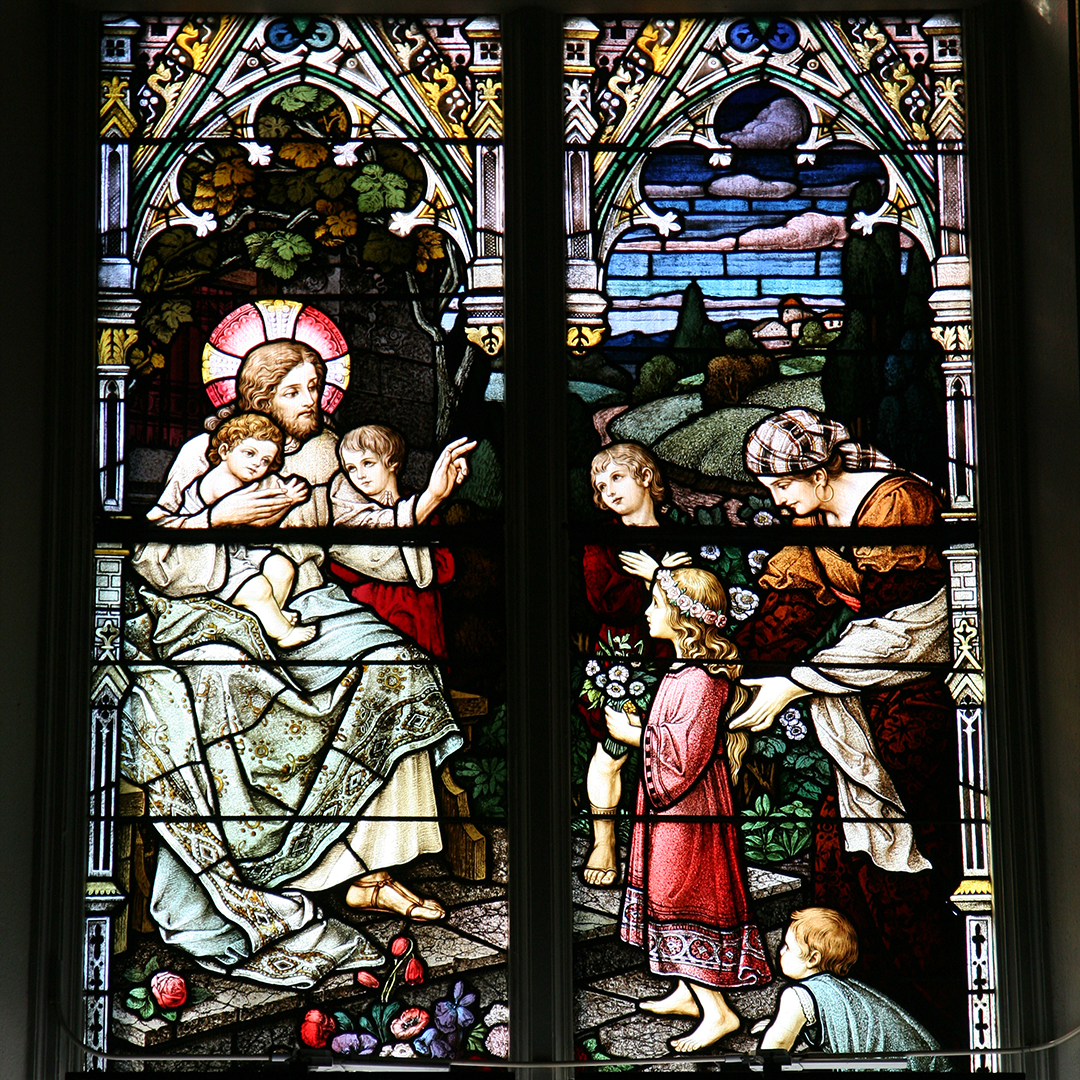
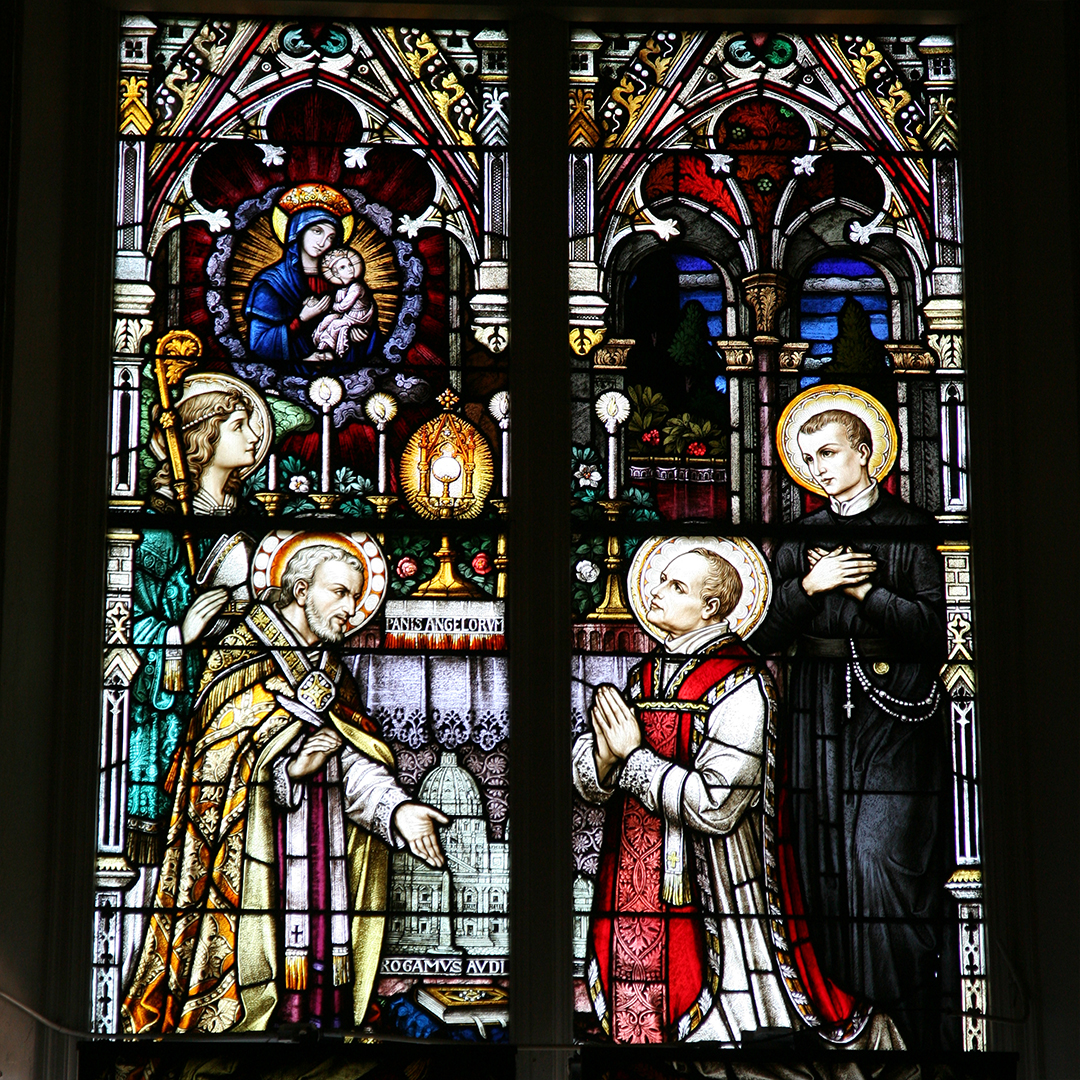
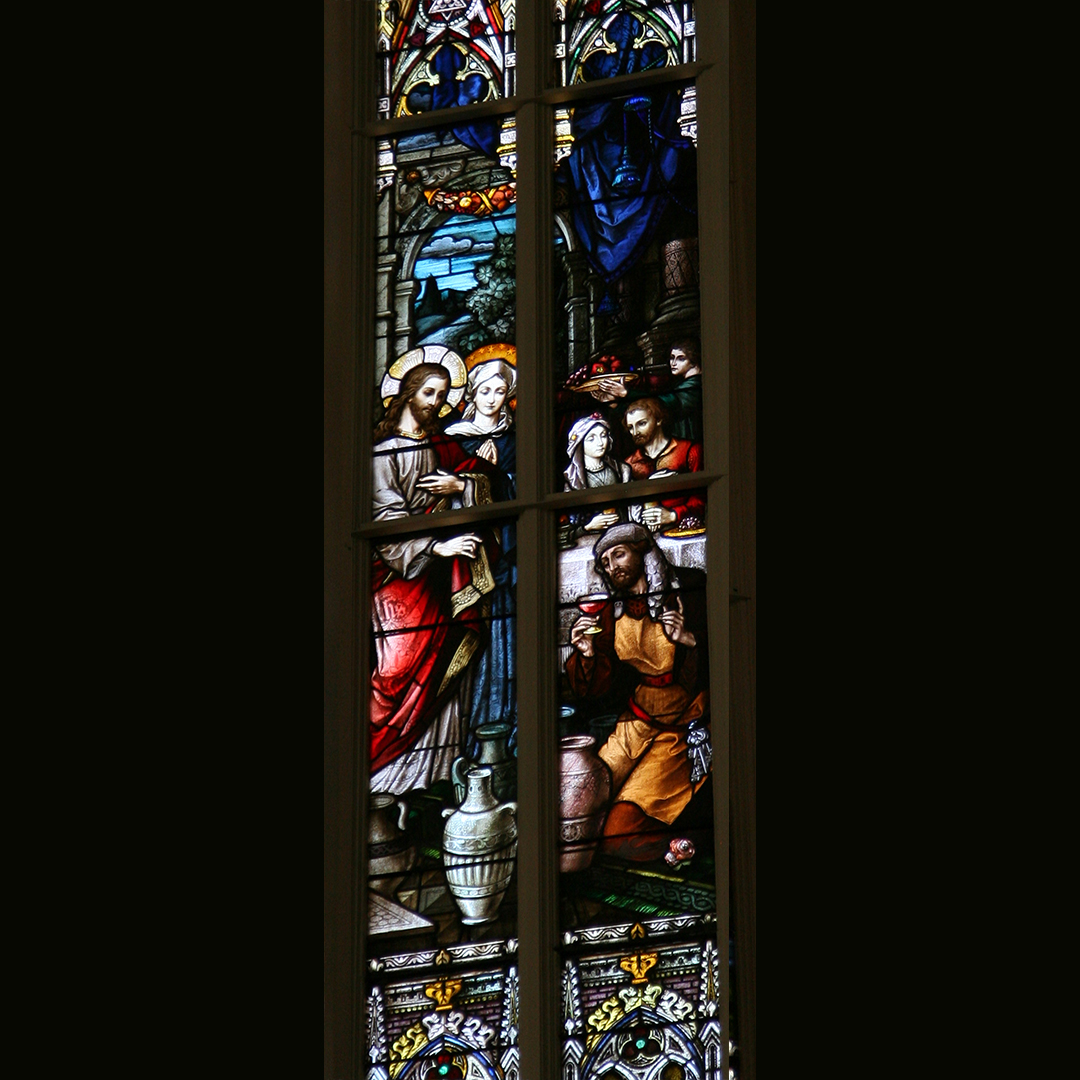



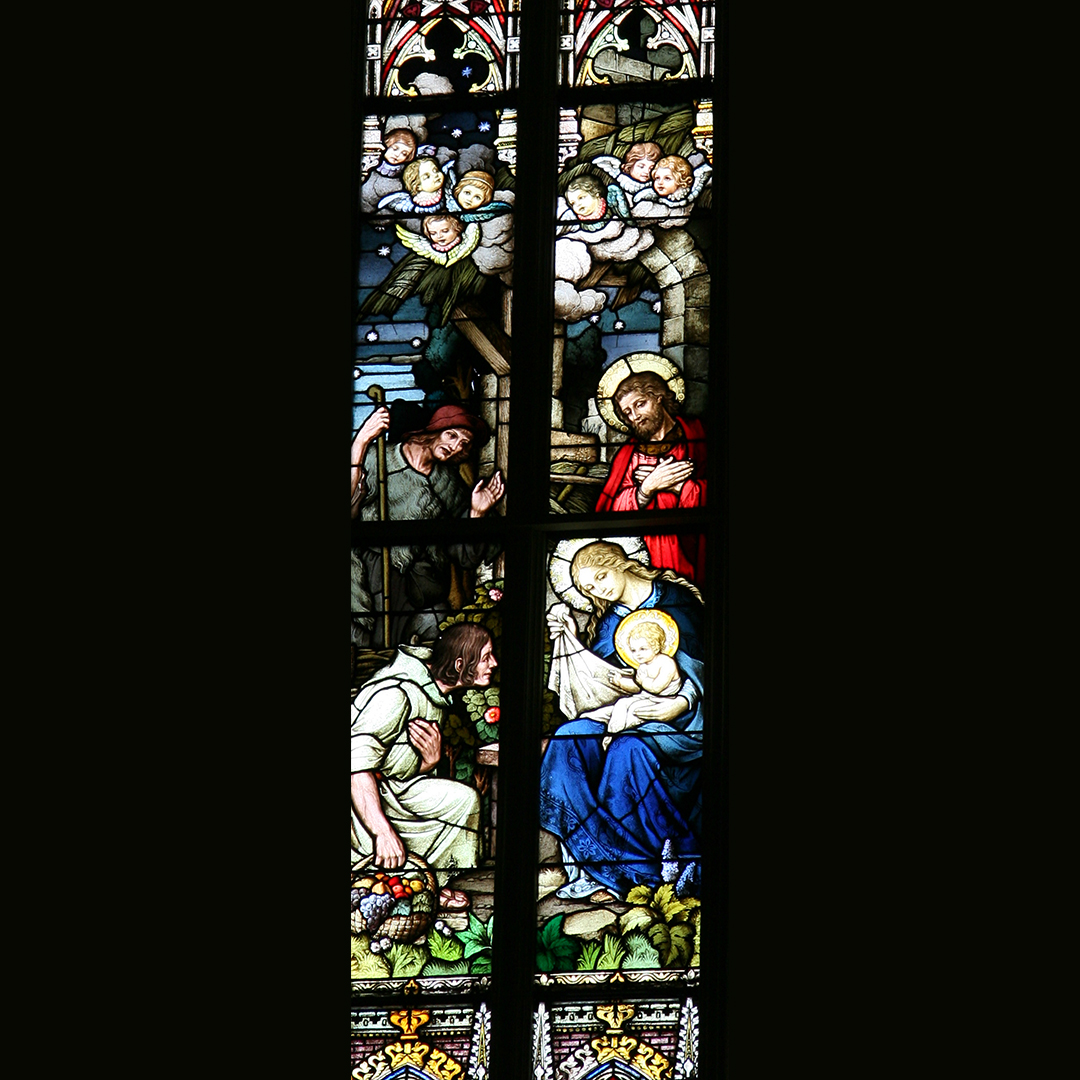
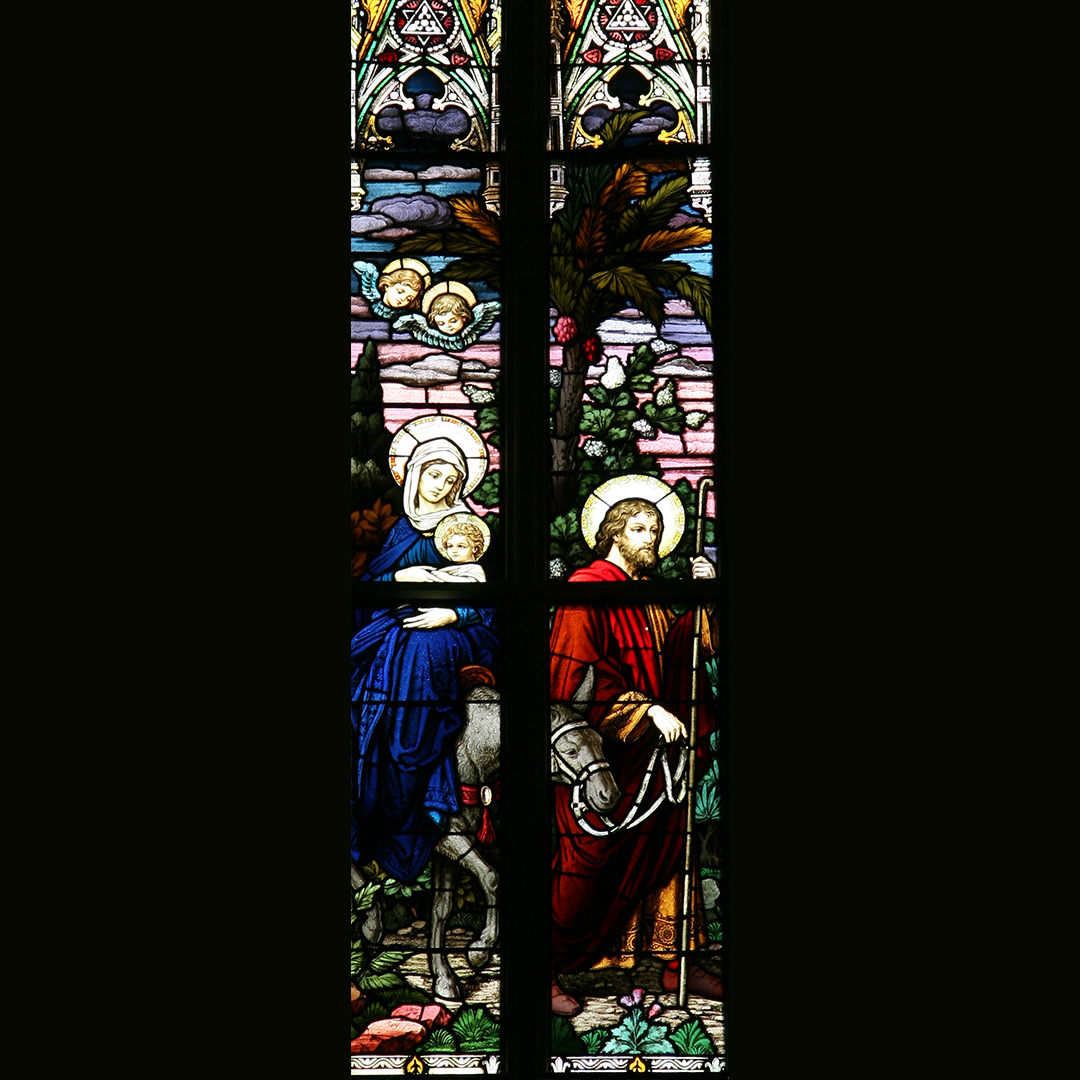
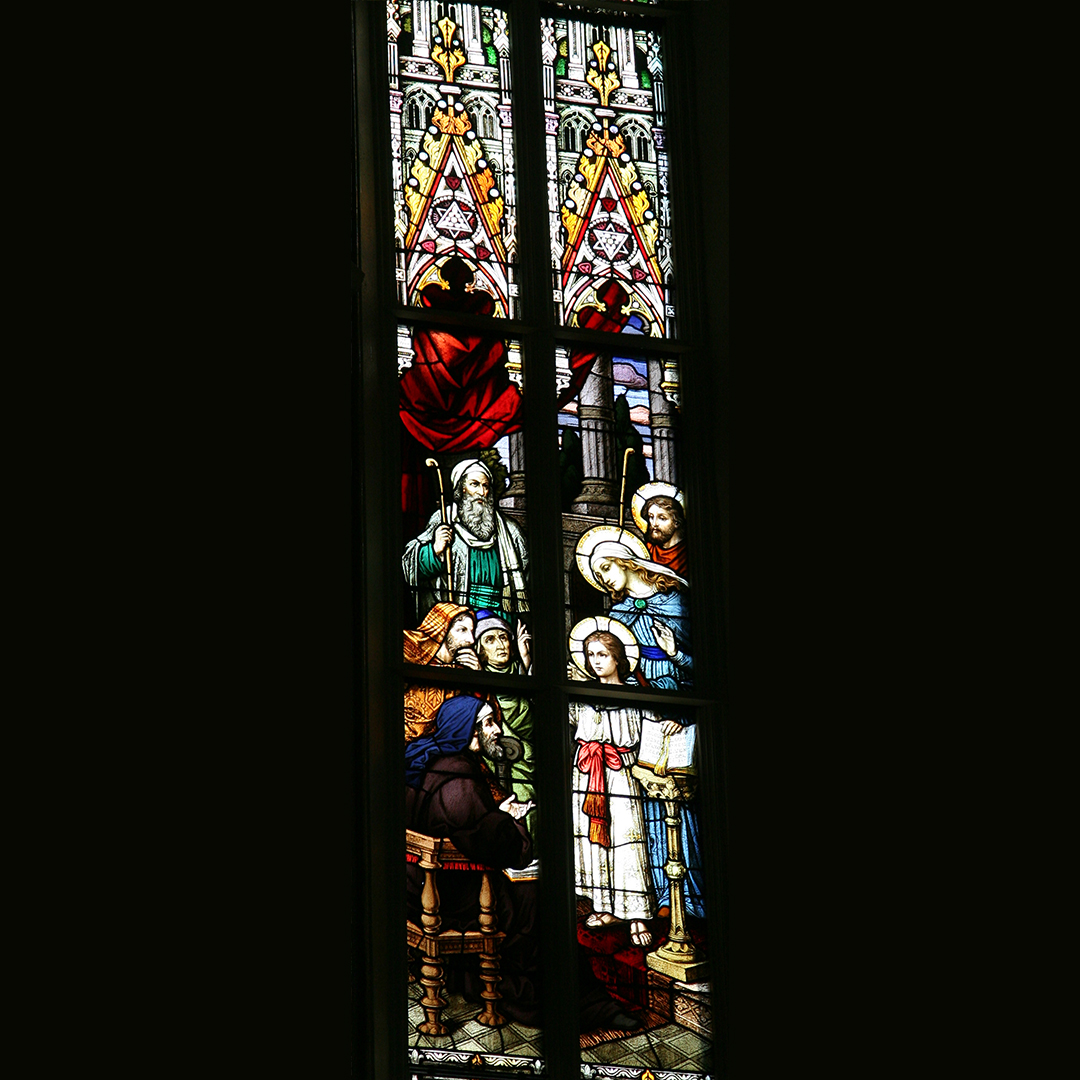
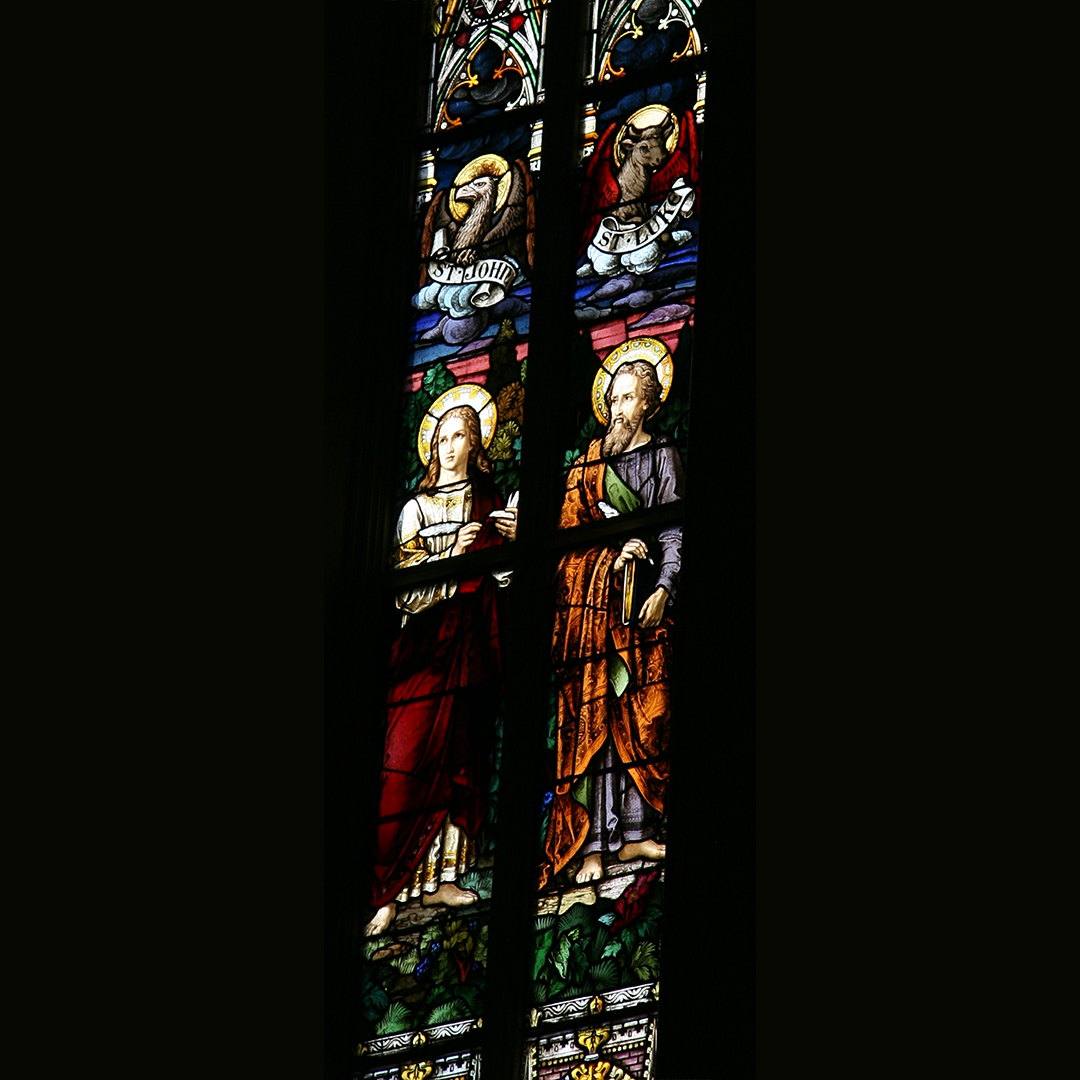
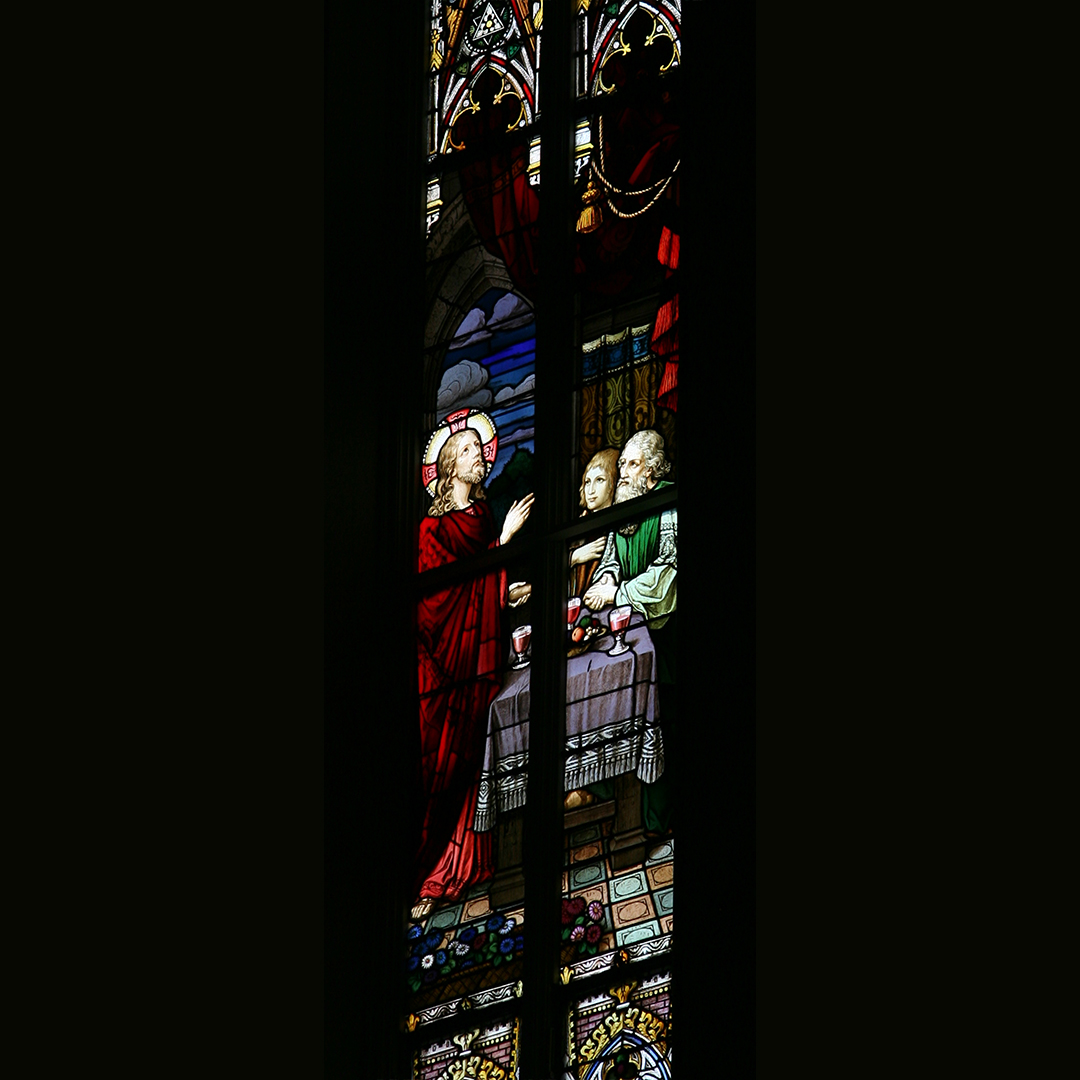

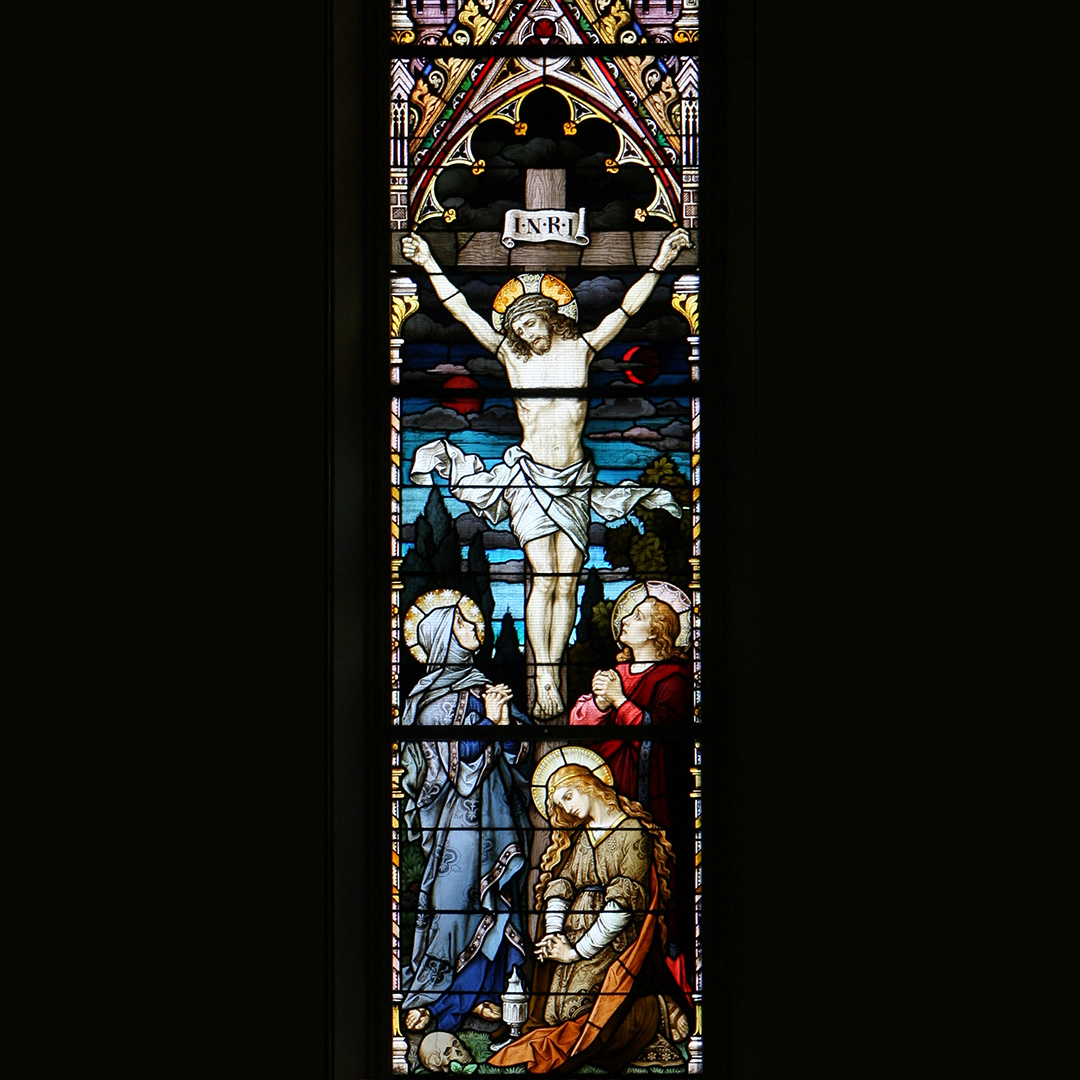
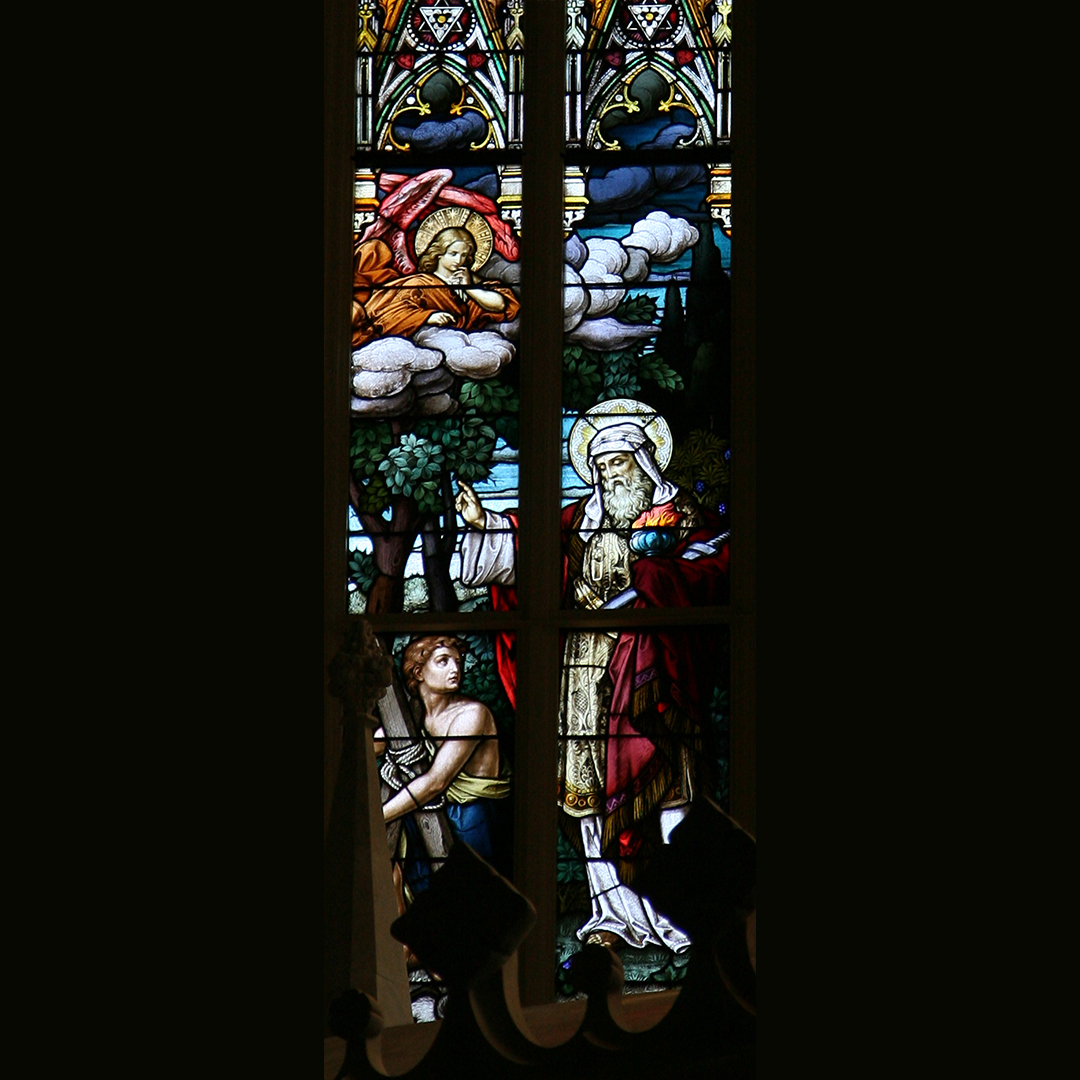

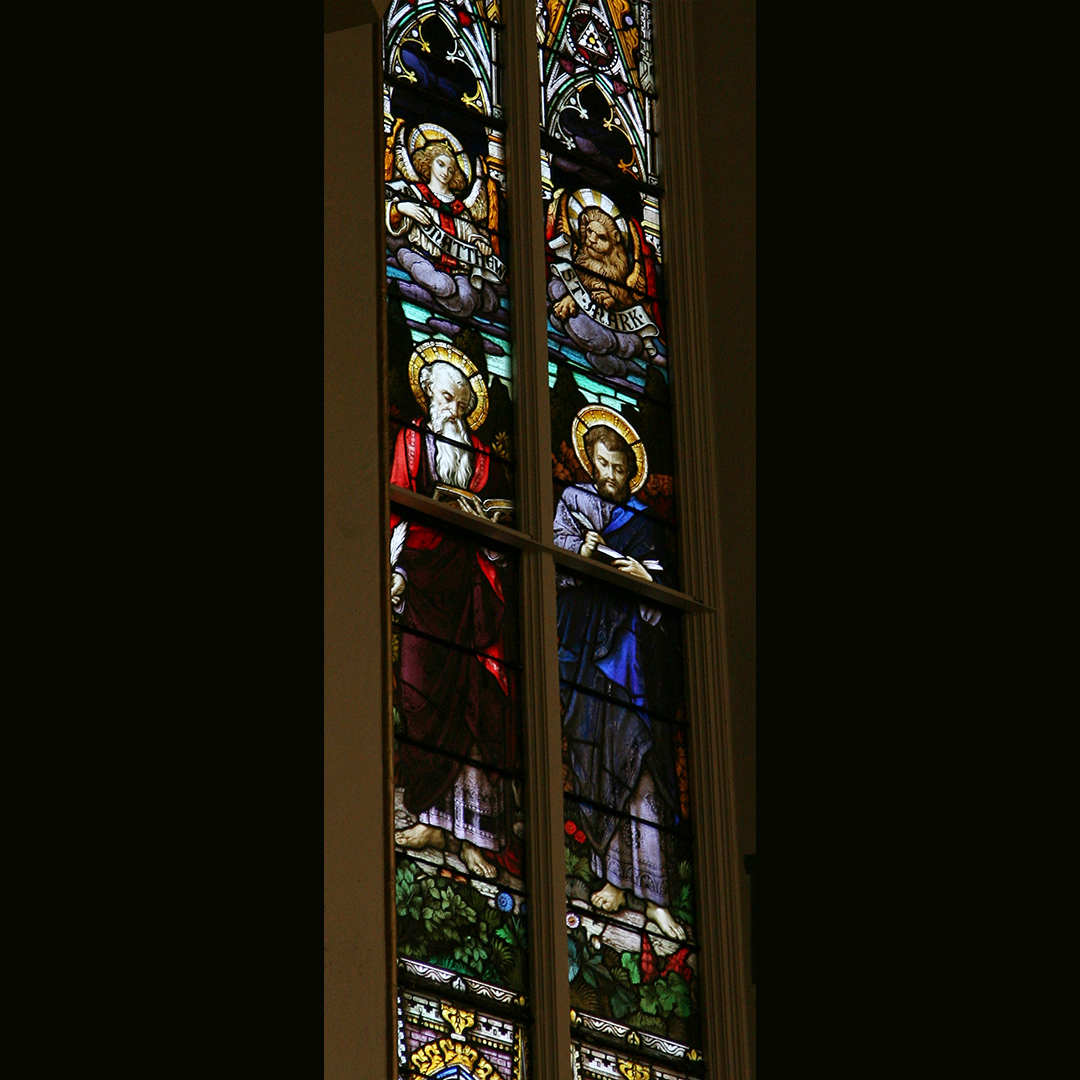
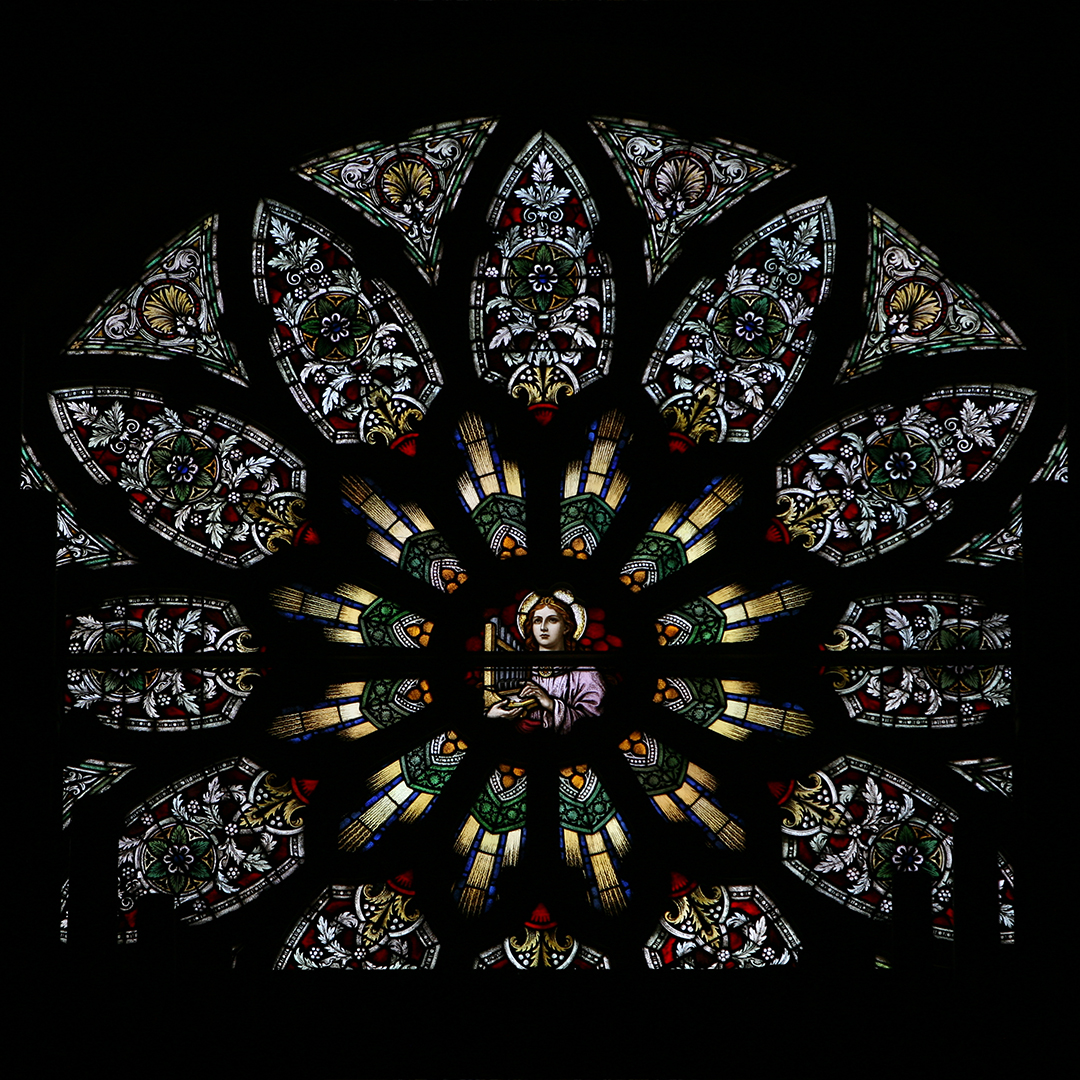
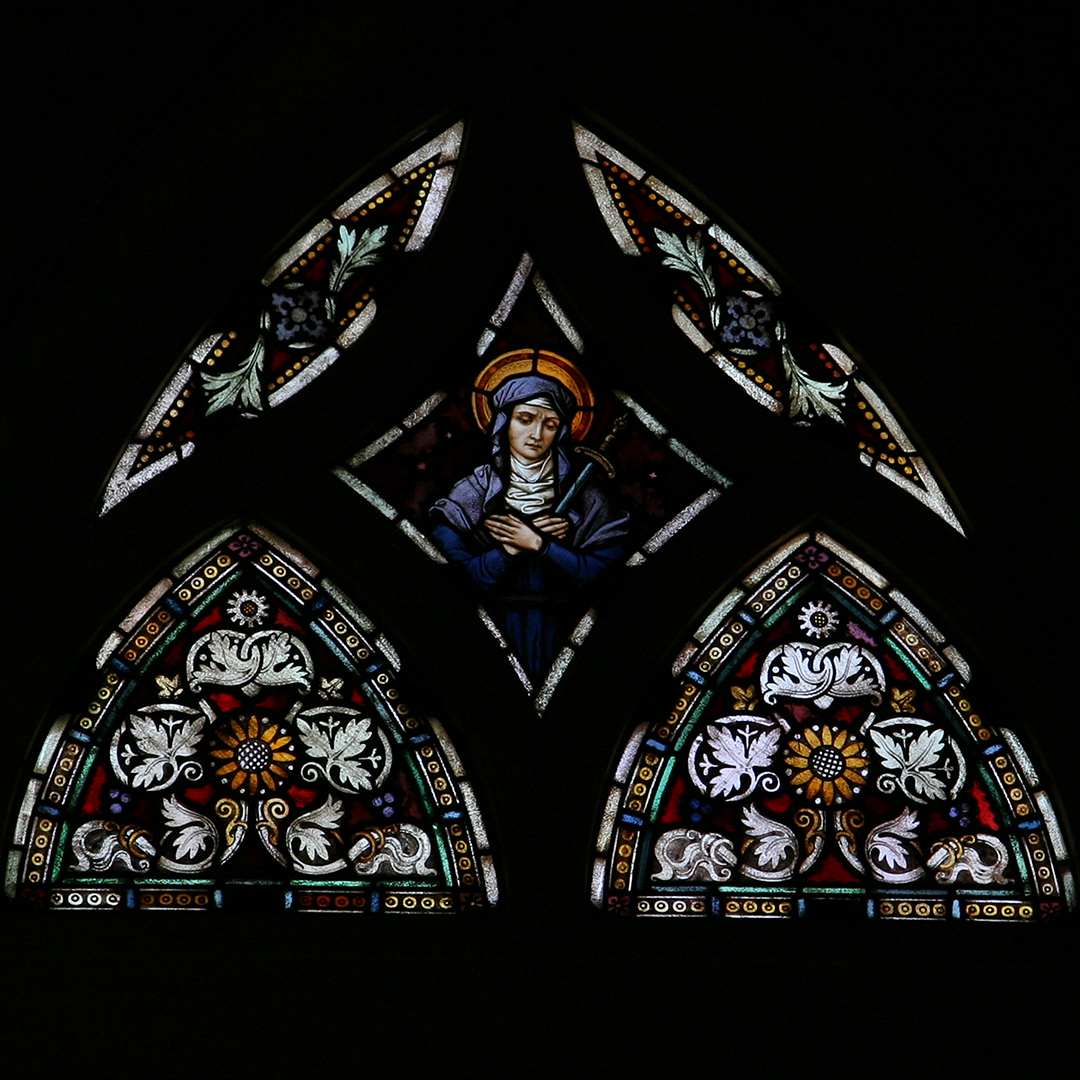
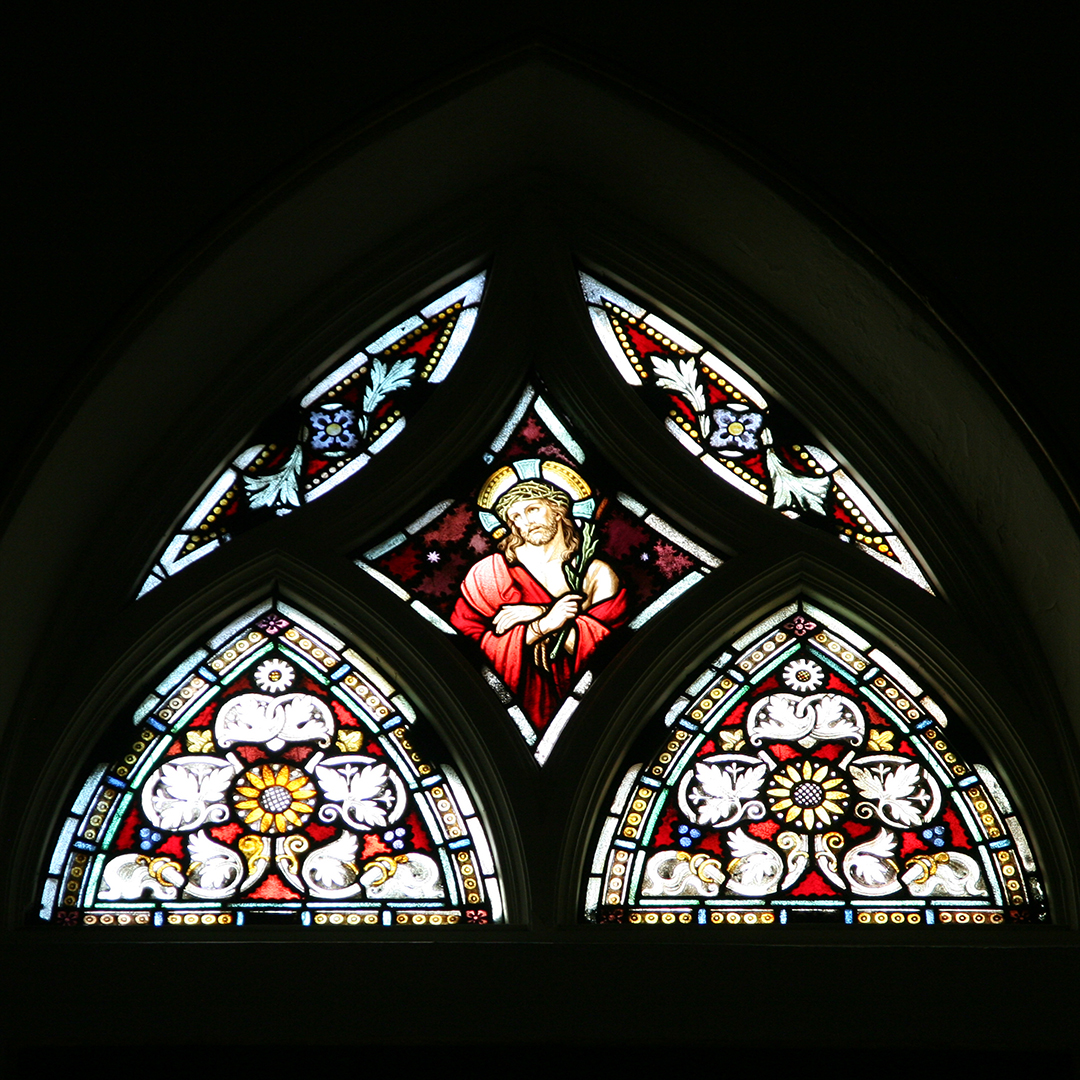
All images copyright Ruth Parbel Photography

